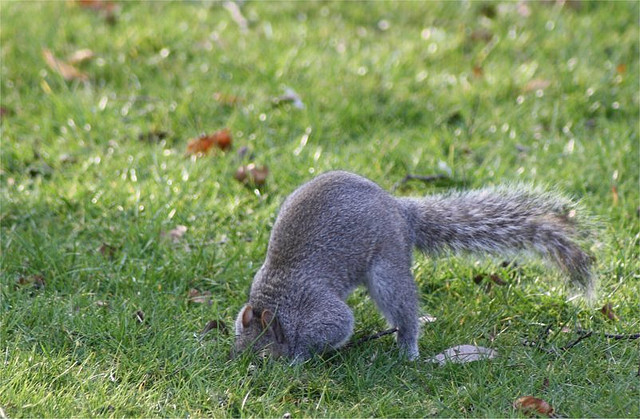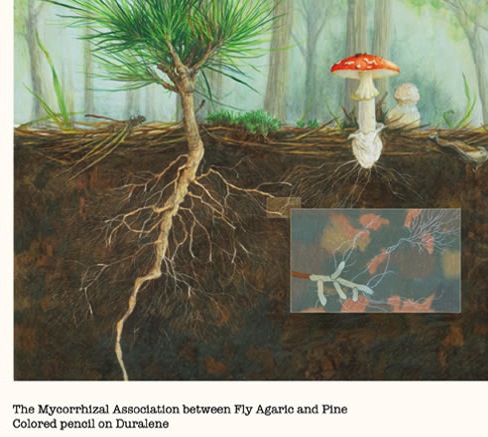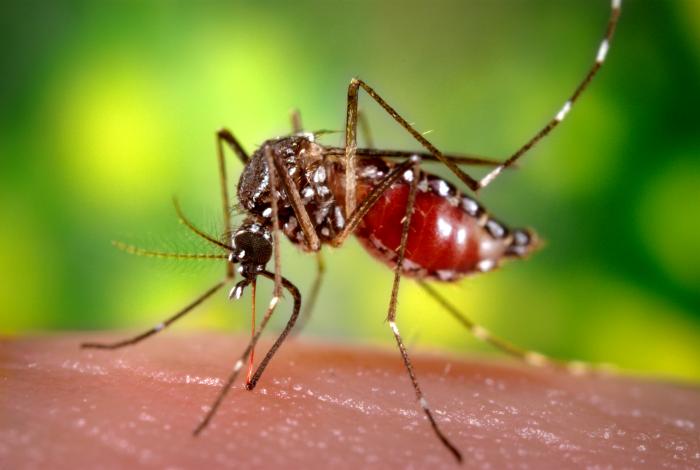If you do a quick google search of the word "symbiosis", the above is what you may find. This is the general idea of symbiosis but its not exactly true.
Symbiosis is the long-term interaction of two organisms. Often times we talk about it being helpful for both organisms but that's not always the case. Ticks and dogs. Maggots and squirrels. Tapeworms and humans. All of these are examples of symbiosis but they definitely aren't mutual (meaning helpful to both).
Mutualism
This is one type of symbiosis. Most people mean "mutualism" when they say "symbiosis". Some examples of these relationships are things like dogs and humans, trees and squirrels, & fungi and trees. Humans give dogs shelter and food while dogs give humans protection and/or entertainment. Trees give squirrels acorns to eat or bury for winter. Sometimes those acorns are forgotten and the acorns hidden in the ground turn into baby trees. Trees make sugar and they share it with some types of fungi. The fungus can transport water, nutrients and even messages from nearby trees. All of these are examples of both organisms helping each other.

Commensalism
If one organism is helped but the other is unaffected, it is a type of symbiosis called commensalism. An example of this is when a fish called a remora attaches itself to a shark. The shark doesn't care and the remora eats the fallen food from the shark as the shark eats. This is similar to a bug jumping on you as you walk through the woods. You aren't weighed down by the bug and probably never notice but you helped the bug travel. One organism was helped and the other was unaffected. Another example may be a lion and a scavenger like a hyena. The lion kills an animal and eats it. Then the hyena may eat the left overs of the lion. A third example is of West Nile virus and a mosquito. The virus is inside the mosquito but it doesn't harm the mosquito. The virus depends on the mosquito to go from one human to another. One is helped. The other is unaffected.


Parasitism
These relationships are often what make us a little uneasy and grossed out. For example, a tick can land on a deer and suck blood from the deer for days or weeks. The deer not only looses blood but the tick can spread disease from one deer to another. A more gross example is the bot fly. This fly has offspring that actually bore into the skin of mammals (see squirrel below). The maggots grow and become little pockets until they are old enough and then leave. These can lay eggs in horses, dogs, and even humans. The last example is very cool and I'll let you watch the TED Ed video below. It has the jewel wasp that turns roaches into...zombies. (Plus more!)
No comments:
Post a Comment